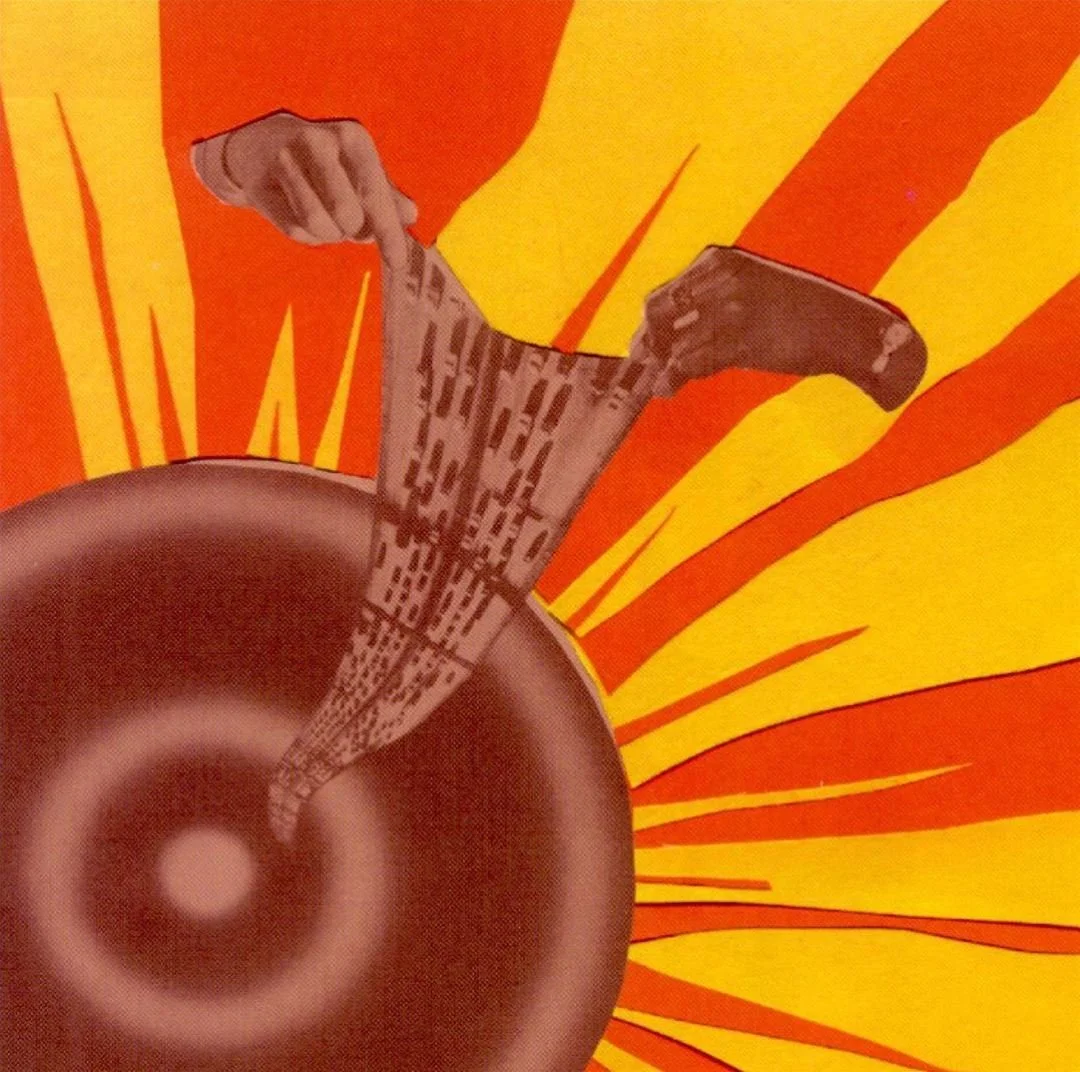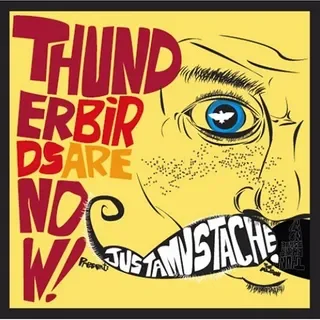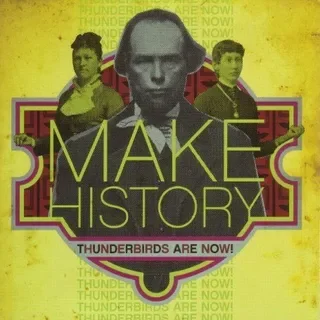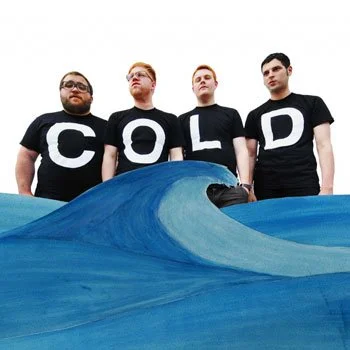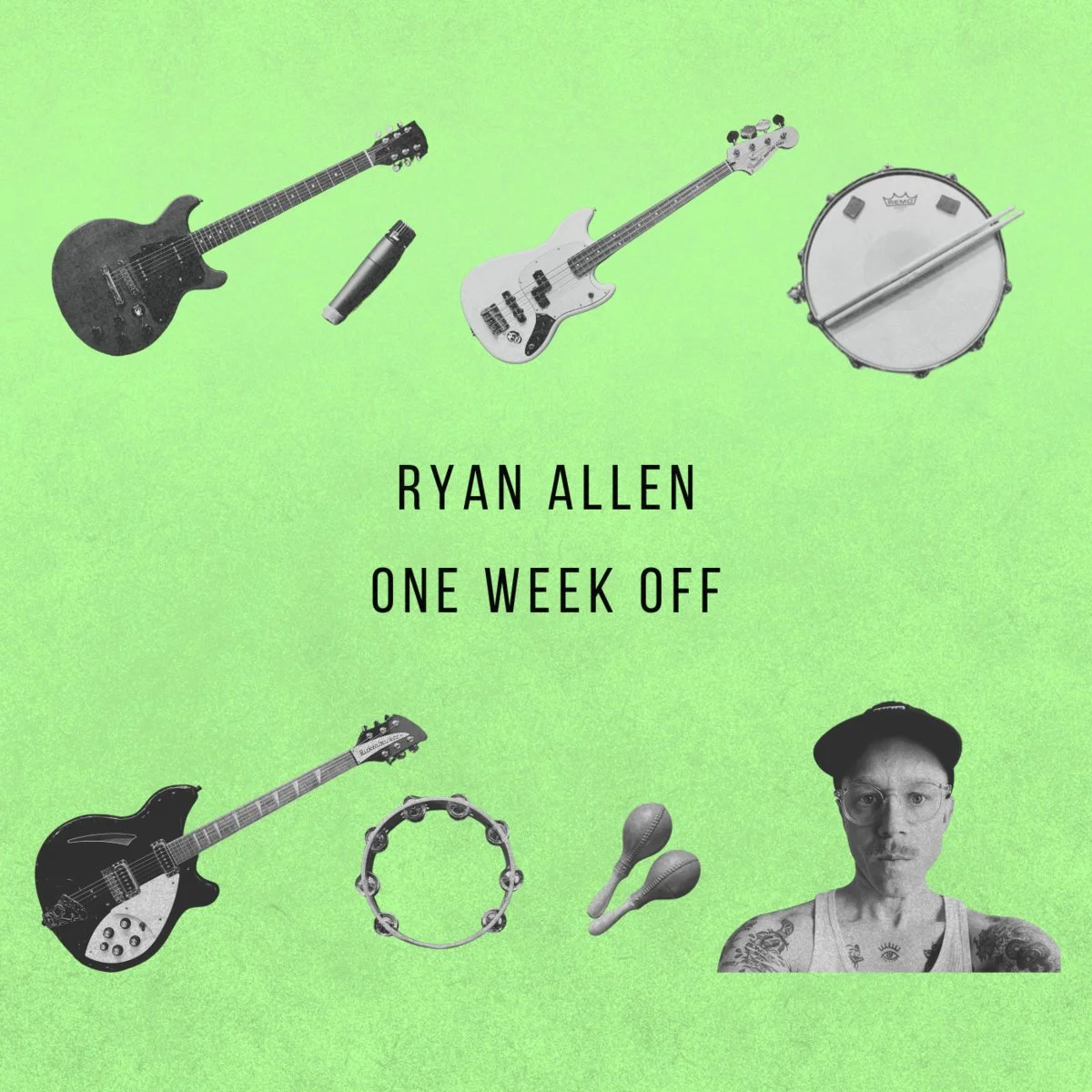
Ryan Allen has been on a musical journey ever since he first heard “Danger Zone” by Kenny Loggins and began pantomiming along with an unplugged guitar in his parent’s basement when he was a kid. Or maybe it started earlier when he saw the premier of Michael Jackson’s “Thriller” on prime time television. Or perhaps earlier than that, with the sounds of the Beatles, James Taylor, and Paul Simon trickling into his developing ears in the womb. Either way, one thing’s for sure: Through changes both expected and unpredictable, music has been a constant.
Ryan first picked up a guitar like a lot of kids who were born in the late 70s and early 80s — he heard Nevermind by Nirvana, and as much as Kurt Cobain’s anguished screams and confusing (for an 11 year old, at least) lyrics about libidos and mosquitos freaked him out, he thought, “I think I could do that.” His dad - Brad Allen - was already a prolific musician and songwriter, and some of Ryan’s earliest memories are of spying on the old man’s band practices through a tiny window just off the basement stairs in his childhood home in Livonia, MI. The sounds of “Drift Away” by Dobie Grey and “Don’t Dream It’s Over” by Crowded House - songs that a naive Ryan thought his dad had actually written, and wasn’t just covering - mixed well with Brad’s original compositions, showing a young Ryan that anybody could write their own song (even his own, very talented dad).
According to scholars, 1991 is the year punk broke. It’s also the year Nevermind was released, as well as the year Ryan turned 11 and decided that it was time to pick up a guitar of his own. First came sheepish requests for his dad to help him learn the grunge hits of the day on an old Ovation acoustic guitar; “Black” by Pearl Jam; “Polly” by Nirvana. Eventually Ryan started figuring out songs on his own — “Shine” by Collective Soul, the Lemonheads version of “Mrs. Robinson”, Dookie front to back. This practice proved to be less about learning songs to impress the girls at school (though that certainly played a part) and more about dissecting the components of a song; how a verse could be shorter the second time through; how the chorus could be extended at the end; where to drop in a rest for dramatic effect; how a turn of phrase make a song go from just ok to eternal. Soon songs of Ryan’s own appeared, fully embracing the cringy nature of a teenager just trying to figure shit out. Most of them never left his bedroom, locked away due to embarrassment and fear of being called a poseur.
After watching a classmate tear up Stone Temple Pilot’s “Plush” to the screaming adulation of his entire 8th grade class, Ryan thought, “That should be me up there doing that.” But, shyness often got the best of him. Still, going into high school, he vowed to not let any opportunities pass him by, and promptly put together his first band with childhood friends, neighbors, and new allies - Adam Kempa on bass, Marty Smith on guitar, and Rob Bryd on drums, respectively - that all felt drawn to the power of the indie and alternative rock of the day (Weezer, Sloan, Sebadoh, et al.). Various names came and went (The Pocket Protectors, The Sugartunes, Genetiks, all of which recorded homemade demo tapes that still exist somewhere), but eventually Ryan’s first “real” band Remington was born, influenced by the burgeoning emo scene of the mid-90s that included bands like Sunny Day Real Estate, Texas is the Reason, and Braid. Who knew that tuning your E string down to a D would open so many doors?
Remington lasted through high school, playing sketchy coffee shops, university food courts, and even opened for post-emo antagonists Joan of Arc (they did not like Remington). The band released a CD EP and a split 7” with Last Days of August (an eponymous last batch of recordings made it to Bandcamp as well). Soon, it was time for college, and while the band tried to stay together during Ryan’s freshman year at Central Michigan University, they fizzled before the first semester ended.
Small town Mount Pleasant, MI - home to CMU - was perhaps an unlikely place to find other like-minded kids into Modest Mouse and June of 44 in 1999, but it’s exactly the place Ryan’s musical odyssey really started to take shape. At CMU, Ryan befriended Trevor Naud - a lanky, sensitive oddball and inventive guitarist, who brought along with him his Minutemen-loving friend Paul Bissa on bass to form what would become Red Shirt Brigade. Allen heard Naud’s abstract pop-jazz guitar noodles, plucked on his distinct Dan Electro, and thought, “I can play drums to this”. They began a friendship, and later, jamming together with Ryan on drums - mostly at the Allen’s basement/jamspace 2 hours south back in Livonia. Eventually Ryan’s teenage brother Scott sauntered along on an old keyboard - complete with colored-dots taped to the keys to identify notes - which he somehow didn’t but also did know how to play. And with that, Red Shirt Brigade V.1 was hatched. Eventually Bissa left, and Naud’s associate Dan Clark took on bass. This is when RSB V.2 took flight, playing all over the state, befriending other freakazoid indie weirdos doing wacky shit like having cello players or thinking Slint was better than the Beatles. As a live band, RSB was exciting - Ryan was known as an aggressive and wild, yet groovy drummer, influenced as much by John McEntire from the Sea and Cake as he was Keith Moon. Naud and Clark harmonized abstract fragments of genius while they pogoed off of one another seamlessly. And then there was Scott Allen - the not-so-secret weapon; totally captivating live (even as a 16-year-old) and musically beyond his years. The synth, the stage presence, the energy, and a fearless approach to songwriting set the band apart in a Detroit scene that was already obsessing over garage rock.
RSB also left a mark, especially when the band opened for a then up-and-coming Death Cab for Cutie in a basement in Ann Arbor, MI. Impressed with RSB’s set, DCfC guitarist/producer Chirs Walla invited the band out to Seattle, WA - basically on the spot - to make a record. The young upstarts, totally floored, accepted, and off they went in the summer of 2001 to The Hall of Justice studios in Seattle fucking Washington. The result of 10 days with Mr. Walla was prog-pop masterwork Home of the Canon Saints. If you’ve not heard it, imagine The Dismemberment Plan, but if they were really into Yes and Guided By Voices. It explodes with youthful energy, but also has a maturity that makes it feel fresh even now. It got some great reviews, the band played in and out of state for a bit, opened for Death Cab again, and even tried to work on new music…but ultimately college and other things were getting difficult to juggle. The run was strong. Friends were made. Hearts were maybe a little broken, but in the end, it had to end so other things could begin.
2002 was the year that things really got cookin’. With Red Shirt Brigade in the rear view and college rounding to an end, he set his sights back on playing music with people in the Detroit area. For the past 4 or so years, Ryan had been primarily drumming, but he missed playing guitar in a band. That said, he also had somewhat made his name around Detroit as being a better than decent drummer, so some folks sought him out. One band that Ryan started jamming with was lead by local songwriter Eric Weir and eventually called Tiny Steps (yes, after the Elvis Costello tune). Ryan loved Eric’s songs - reminiscent of Canadian power pop bands like Sloan and The Superfriendz, as well as Superdrag and Matthew Sweet - and wanted to keep drumming.
On the opposite end, there was his old bandmate in Remington - Marty Smith - who was playing guitar in a band called One Trip One Noise. It was, as it sounds, noisy; OTON was off-kilter, post-hardcore - think Drive Like Jehu or Jawbox. They lost a guitar player, and Smith invited Ryan to jam. He said sure, learned some of their songs, wrote new lyrics and sang to them, maybe brought one of his own, and fairly quickly, played a show at Mac’s Bar in Lansing, MI.


